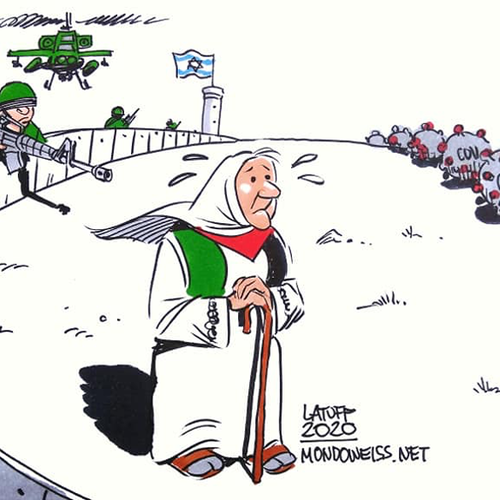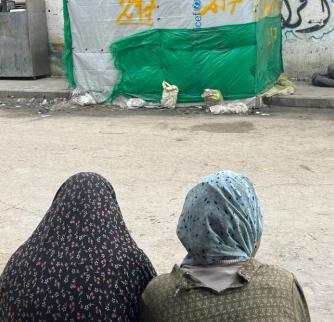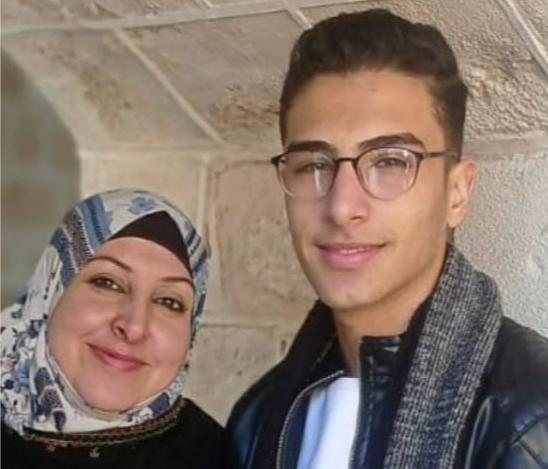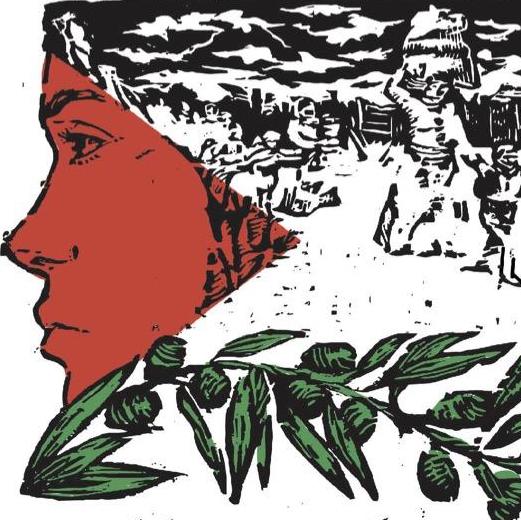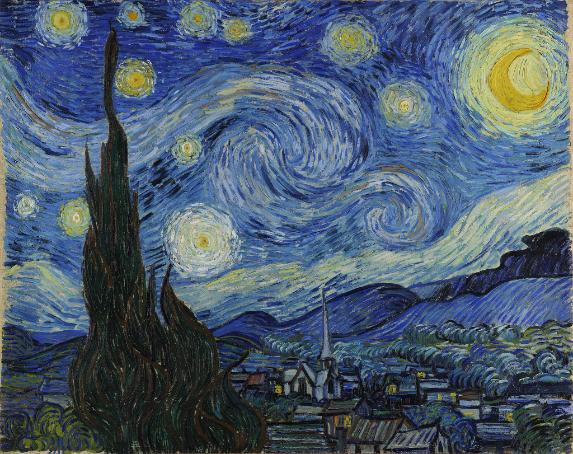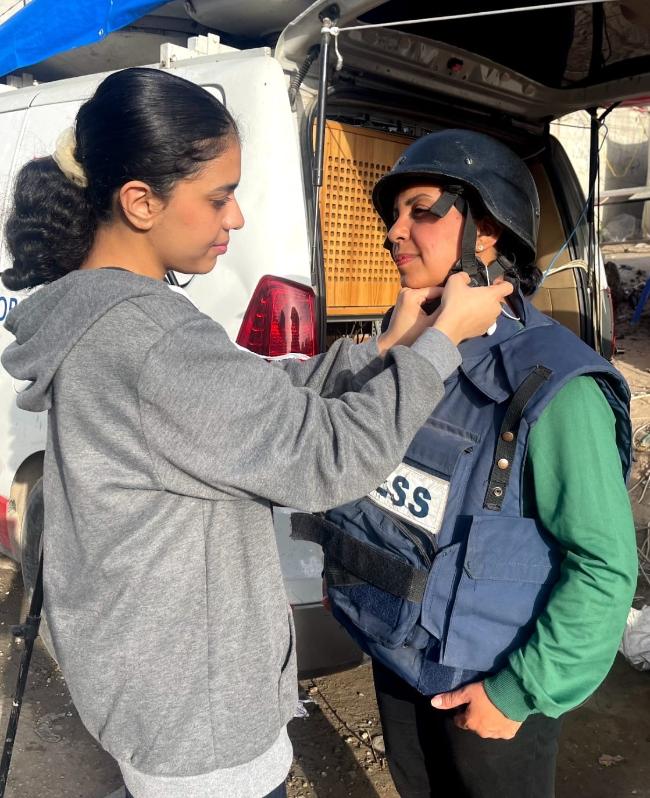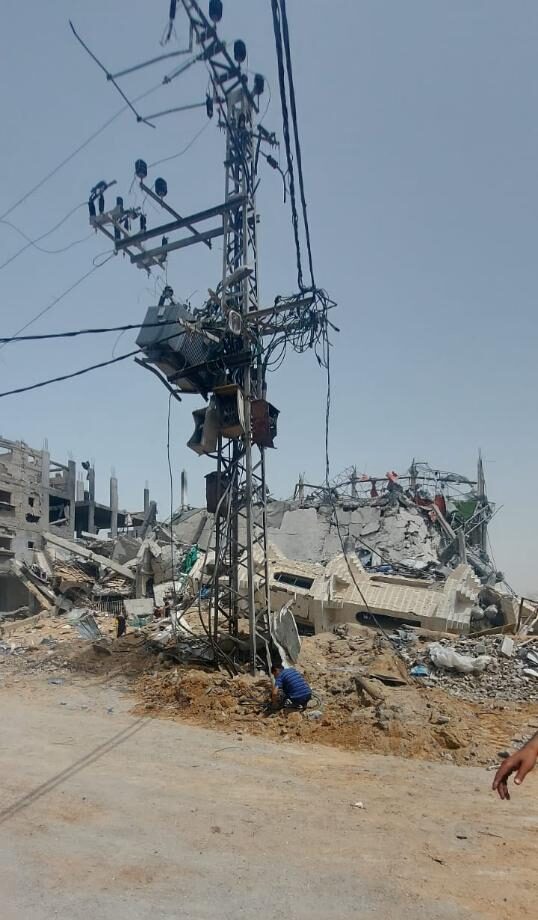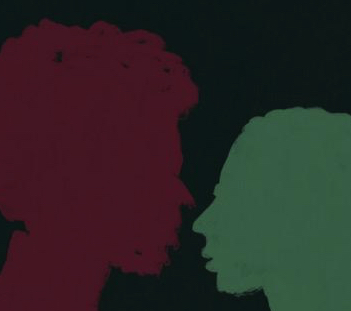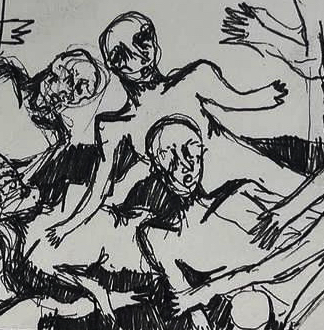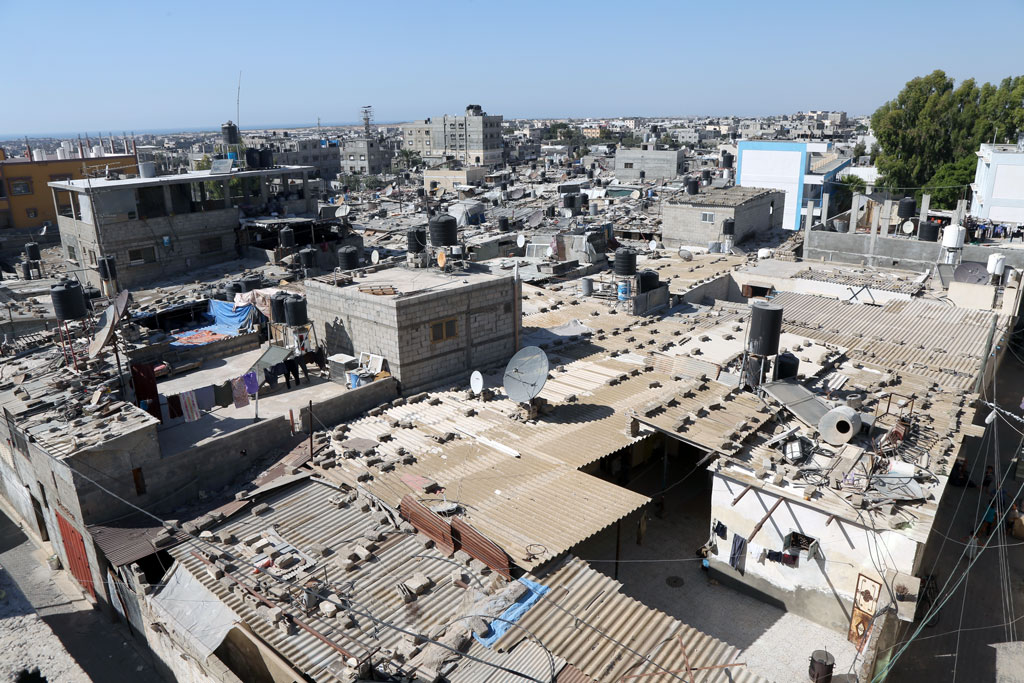
The COVID-19 pandemic has emptied streets around the world; overcrowded cities connected by global trade have made the world seem very small as this microscopic organism rapidly zooms between them. So far, the barriers to this trade that Israel and Egypt constructed around Gaza have acted as an ironic protection; while infections in those countries surpassed 8,000 and 1,000 respectively. In Gaza, we have 12 as of this writing, all Palestinians who returned to the Strip from other countries and immediately quarantined, or who were exposed to those travelers.
But if that situation changes (and should we really be thankful for a blockade?), we are in trouble due to the lack of clean water, constant electricity blackouts, shortage of appropriate cleaning supplies and insufficient health care equipment. At the heart of all these problems, though, it the overcrowding: With nearly 2 million people, Gaza is home to more than 42,000 people per square mile.
Camps as breeding grounds
The worst of the overcrowding in the Gaza Strip is found in the refugee “camps.” It’s important to understand what that means in our context, however. There are no longer tents, as there originally were when thousands of people came rushing into Gaza after being displaced from their homes in historic Palestine (now Israel). Camps today are composed of concrete-block buildings constructed one up against the other in chockablock fashion—rising upward rather than out as families expand, due to the lack of land.
I was raised in one of those camps in Rafah, called Block J. Nothing in my language can quite describe what the word “camp” means to me. On one hand, it’s the home where I grew up, the place I associate with my friends and neighbors, and the site of the lone fig tree planted by my beloved grandfather – may he rest in peace. But on the other, there is a lack of sunshine due to the closeness of the dull, gray concrete walls; the mud in the unpaved alleyways in between because leaking sewage pipes hang overhead; and people peddling everything from Twinkies to tissue in those very same “streets,” despite the crowding, because that is the only way they can eke out a living. Imagine telling them they must maintain six feet between them if COVID-19 invades? How would they even do that, when their homes are so close together, with an average of seven people in one, 1,500-square foot space?
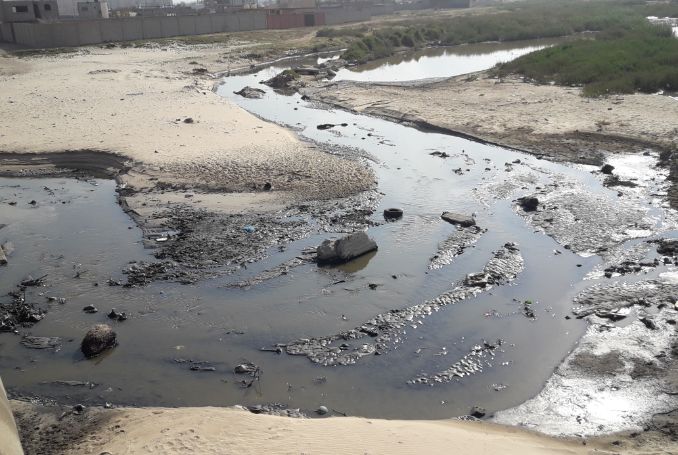
This reality is also reflected in schools. Some of the teachers in the institutions run by the UN refugee agency (UNRWA) must manage 50 pupils in one class. School days are commonly split into two daily shifts. All of those children now are home, however, due to a preventive quarantine declared by the government—making overcrowding in the camps even worse.
And then there is our infrastructure, destroyed in repeated wars. Nearly 100% (97%) of Gaza's water is polluted and not suitable for drinking, due to direct hits on our sole treatment plant and daily electricity shutdowns (right now average about 16 hours a day). The result: sewage from the so-called “treatment” plant drains into the sea and our groundwater. To drink, we are forced to use our limited funds to buy bottled water—ironically, from Israel.
According to a 2017 UNICEF report, 11% of Gaza homes lack modern toilets, 30% are not connected to the sewage-treatment network and 75% lack safe waste-disposal methods. At the same time, 9% of homes do not have a bathroom sink, 11% lack a sink in the kitchen and 17% don’t have shower stalls.
Quarantine not so easy in Gaza
At the same time, there are many factors besides overcrowding that will help the coronavirus transmit around the Strip rapidly and with ease. Unlike in the West Bank, it is difficult to cordon off areas of penetration, as the Palestinian Authority did in Bethlehem, for example.
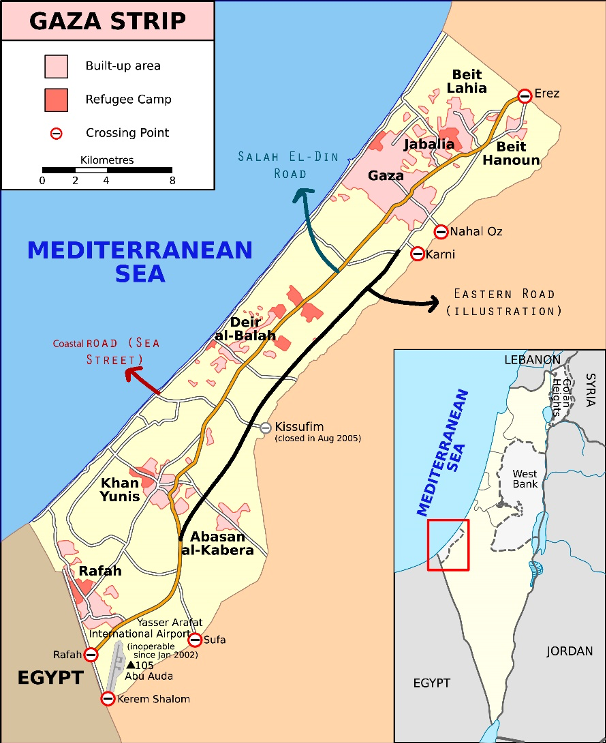
Administratively, the Gaza Strip is divided into five governorates, extending from the south to the north. Movement between these areas takes place via Salah El-Din Road, a coastal road and an unofficial street used by trucks very close to the border with Israel. It would be very difficult to quarantine just one segment of the Strip, both because of the lack of coordination between the various political factions in Gaza and the West bank (the unofficial commercial transport road, for example, is monitored by the coalition of parties that make up the resistance movement) and the fact that hospitals are unevenly distributed. Rafah city, for example, lacks its own hospital, despite the fact that it is home to more than 250,000 residents.
Hospitals struggle under normal conditions
The capability of hospitals in the Gaza Strip is inadequate under normal conditions. Government hospitals, considered to be the most prepared to deal with “corona” cases, have just 2,000 beds and the daily occupancy rate already is typically 90%. Equally important is the number of available ventilators, the device needed to keep COVID-19 patients alive by taking over the function of their lungs. Various sources cite different numbers, but Gerald Rockenschaub, head of the World Health Organization’s mission to Palestine, was quoted as saying there are just 87 in Gaza—all in use by people who have suffered heart attacks, strokes and other crises requiring critical care. To date, Israel has not allowed any more ventilators into Gaza, demanding that first Hamas release two Israeli soldiers, or their remains. The soldiers were captured while they were in their tanks bombing Palestinian homes and killing civilians during the Israeli war on Gaza in 2014.
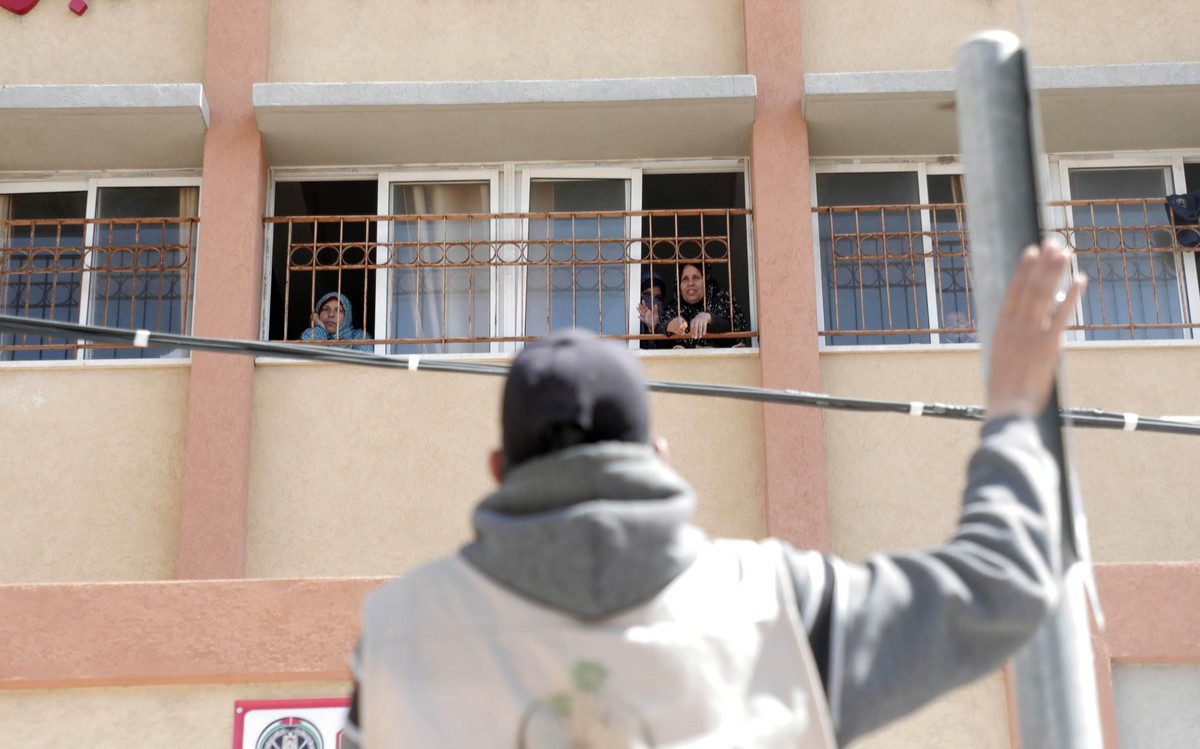
Gaza’s greatest hope at this point is to stop “community spread” from occurring by strictly quarantining anyone who enters the Strip. Gaza’s Ministry of Health has established 27 quarantine centers in schools, hotels, hospitals, primary care centers, and even houses. They house 1,816 beds for travelers who entered Gaza after the pandemic had hit, primarily from Egypt. The ministry also says it is working to establish a field hospital in Rafah, which is expected to be ready to open in the next week.
Until a few weeks ago, there was no way to test those individuals to determine if they actually had the virus. According to Gaza’s Ministry of Health, the World Health Organization pressured Israel into allowing a testing device into Gaza. To date, 830 tests have been run on travelers entering Gaza. Al-Jazeera published a report saying that Gaza has two test devices now, but no matter what the correct number, if COVID-19 spreads throughout Gaza, one or two will be insufficient.
Meanwhile, protective supplies for both health care professionals, first responders and the pubic are running short and the prices are soaring as a result. Munir al-Bursh, director of the pharmacy for the ministry reports a 30% shortage of disposable medical supplies and protective gear as a result of the Israeli blockade and a spread of the coronavirus crisis would worsen the situation exponentially.
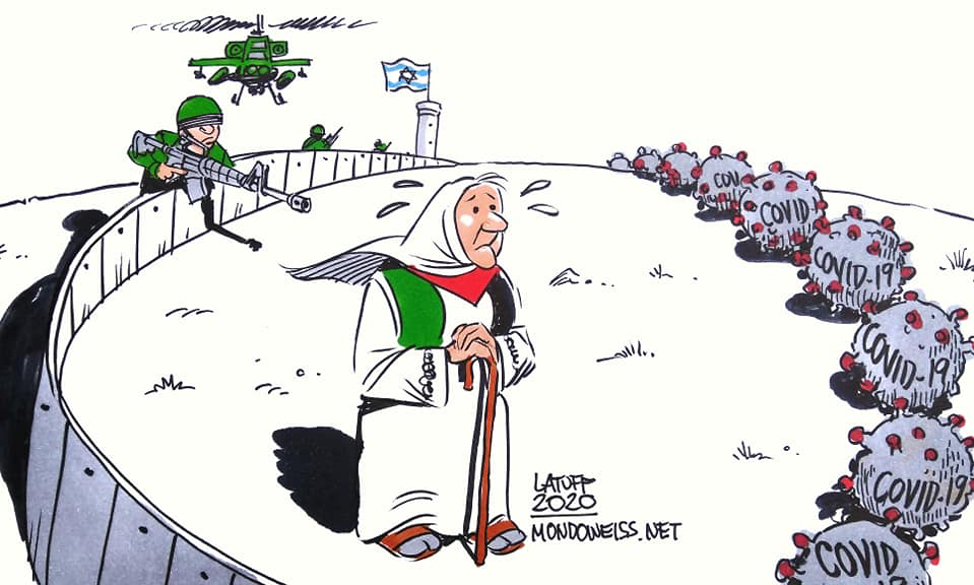
Already, fearing a coming disaster, public demand has risen, and some pharmacies have run out of stock. Another drain on basic medical supplies is the screening of return travelers, who number more than 3,000 to date.
Meanwhile, Israel uses COVID-19 as cover
Next time, when you see pictures of cities with their famous streets empty, remember the Palestinian camps and think about their "fertile" alleyways. Where will people be isolated? In homes where seven people share a small room? Without ventilation? Without a sink or toilet? And imagine what those other countries would do if they had to manage through this crisis while being controlled by an occupying power—in our case, Israel?
In fact, while both Gaza and the West Bank struggle to prepare for a potential tidal wave, Israel continues to arrest our youth and invade our towns. Human rights group B’Tselem said in a recent report that “despite the unprecedented health crisis, Israeli police have chosen now, of all times, to escalate their abuse and collective punishment” of Palestinians. The Israeli government recently imposed a total closure of entire areas in the West Bank. As for the Palestinian workers who had been moving daily between the West Bank and Israeli settlements, many have been abused and forced to quit their work.
But as the world focuses on the COVID-19 hotspots and races to prevent more from emerging, is anyone paying attention to Gaza?


